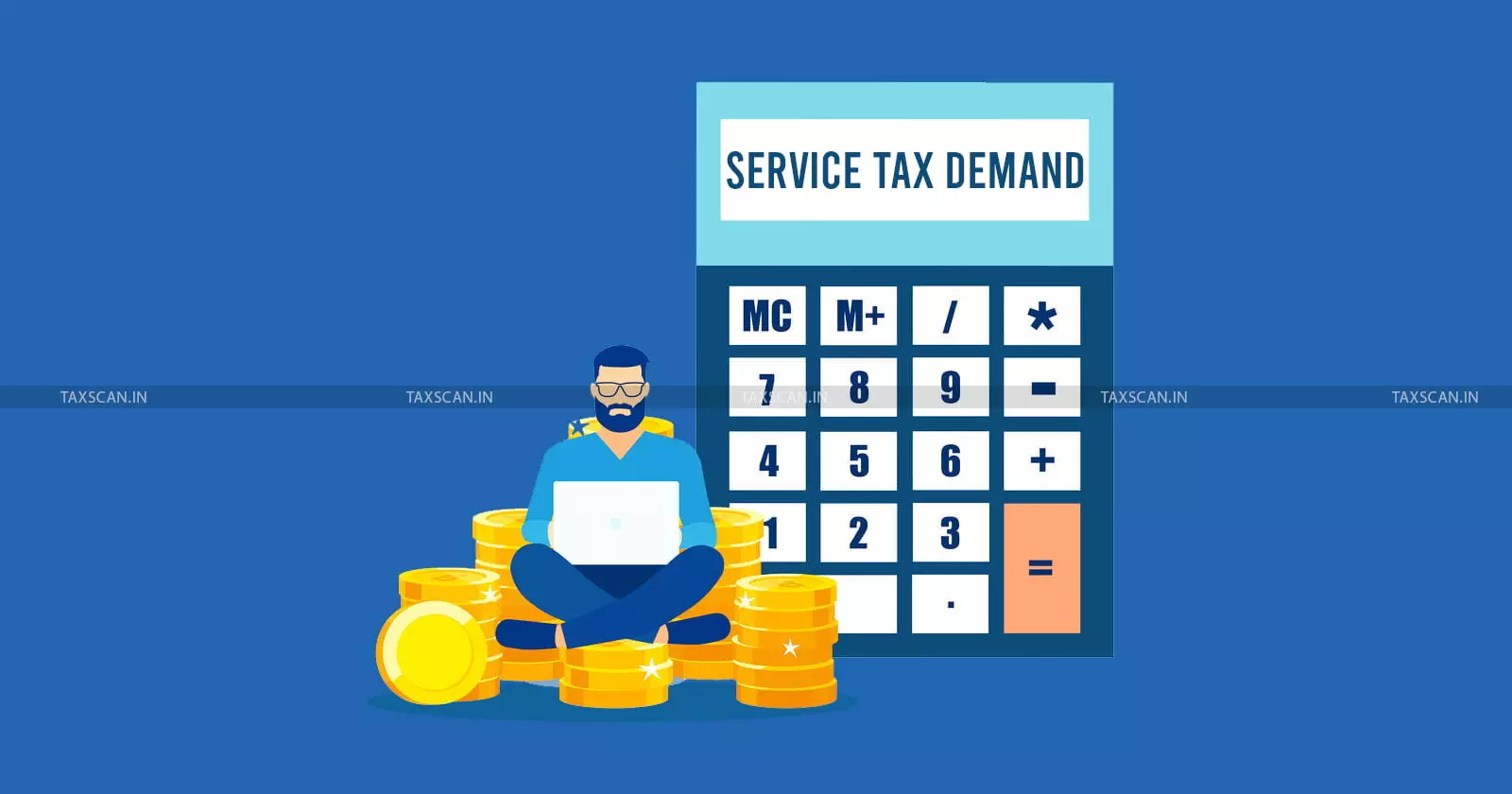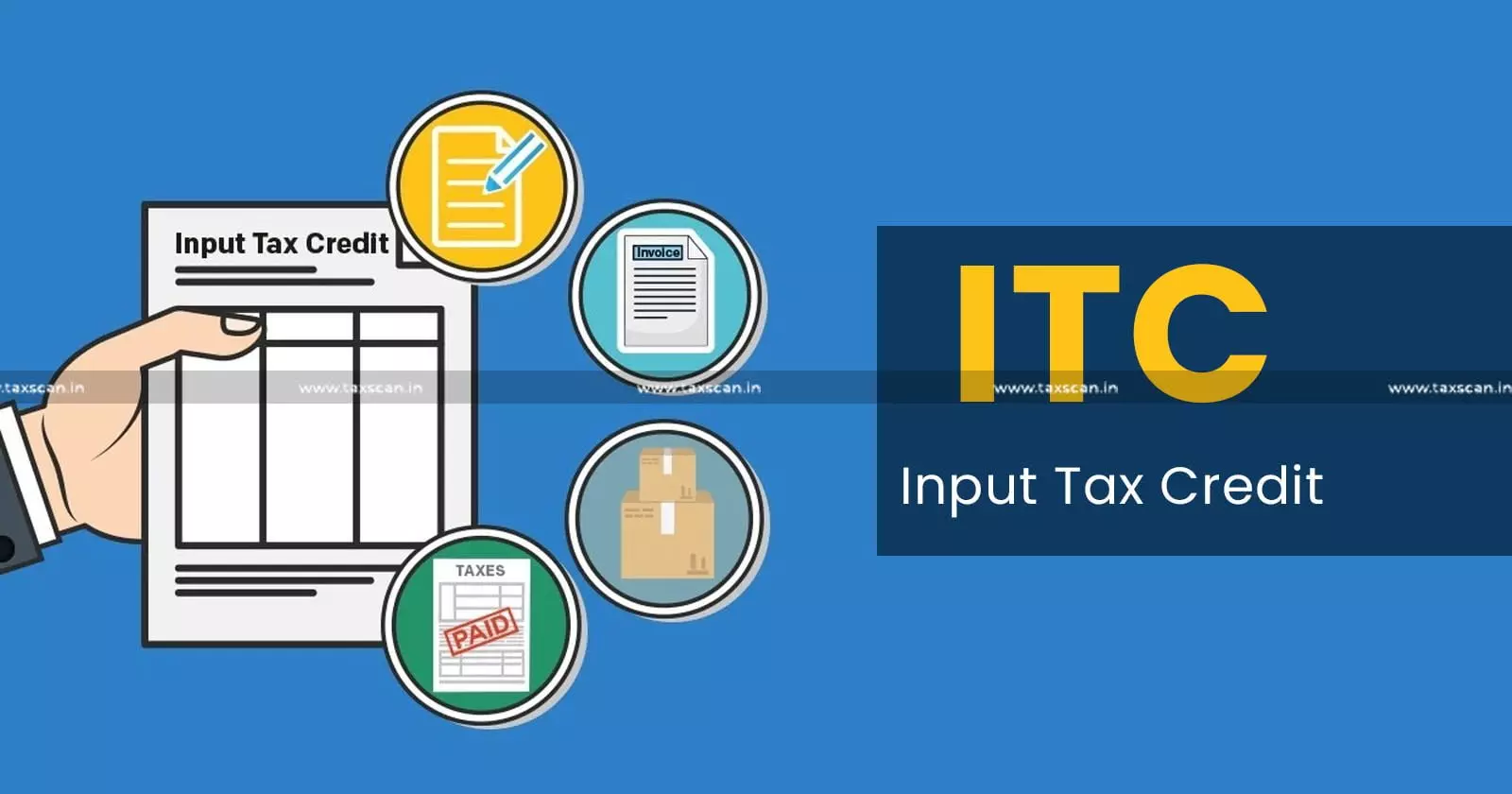ITAT restricts Addition on “Peak Purchase” to Differential Margin Between Declared and Benchmark Profit in Rice Trading Case [Read Order]
The Tribunal relied upon the survey under Section 133A for its ruling
![ITAT restricts Addition on “Peak Purchase” to Differential Margin Between Declared and Benchmark Profit in Rice Trading Case [Read Order] ITAT restricts Addition on “Peak Purchase” to Differential Margin Between Declared and Benchmark Profit in Rice Trading Case [Read Order]](https://images.taxscan.in/h-upload/2025/10/21/2098740-rice-trading-taxscan.webp)
The bench of the Income Tax Appellate Tribunal (ITAT), Raipur, has restricted the addition to the differential margin between the Gross Profit (GP) declared by the assessee and the benchmark rate of 10% adopted as the industry average for rice trading, affirming that a full disallowance of such purchases was not justified when the corresponding sales were accepted by the Revenue authorities.
The matter relates to income tax assessments for multiple years arising from trading activities in paddy, rice, and broken rice. The Tribunal adjudicated on a series of cross appeals concerning the disallowance of purchases treated as bogus and the estimation of profits under the Income Tax Act, 1961.
The appellant, Kamlesh Kumar Kesharwani, a trader engaged in the purchase and sale of rice and allied products under his proprietary concern M/s Kesharwani Rice Mills, Raipur, was subjected to assessment proceedings under Section 143(3) read with Section 147 of the Income Tax Act, 1961 for Assessment Year 2013-14, 2014-15 and 2015-16.\
Master the Latest Amendments in Income Tax Act Click here
The Assessing Officer (AO), based on findings from a survey conducted under Section 133A, observed that the appellant had made purchases from certain parties that were later identified as non-genuine. For the relevant Assessment Years 2013-14, 2014-15, and 2015-16 the AO determined that the assessee had procured bogus purchase bills from 6 to 10 such parties, amounting to ₹14.41 crore, ₹15.99 crore, and ₹15.44 crore respectively.
Treating these purchases as non-genuine, the AO disallowed 25% of the total purchase value for each year and also made additional adjustments on account of unexplained investment, holding that the assessee must have infused unaccounted cash to finance these transactions.
Upon appeal, the Commissioner of Income Tax (Appeals), Raipur [CIT(A)], held that while the purchases were doubtful, the complete disallowance was unwarranted since the corresponding sales were accepted. The CIT(A), accordingly estimated the Gross Profit at 10% being the industry average for rice trading alongside, restricted the addition to the differential margin between the declared GP of the assessee and the benchmark.
 Also Read:CESTAT clarifies Service Tax Demand on Transportation Income, classifies Tirupur Container Terminals’ Services under Cargo Handling [Read Order]
Also Read:CESTAT clarifies Service Tax Demand on Transportation Income, classifies Tirupur Container Terminals’ Services under Cargo Handling [Read Order]
Represented by Sunil Kumar Agrawal and Vimal Kumar Agrawal, the appellant argued that the purchases were genuine and supported by invoices and banking transactions. It was contended that since the sales corresponding to these purchases had been accepted, the purchases could not be treated as non-genuine. It was submitted that since the appellant was engaged purely in trading and not manufacturing, there was no suppression of yield or inflation of expenses. Thus, there was no basis for treating purchases as bogus.
It was further contended that since the AO accepted the sales, corresponding purchases could not be wholly disallowed. Reliance was placed on judicial precedents including Gujarat High Court’s ruling in Tejua Rohitkumar Kapadia v. ITO (2018), holding that in cases of trading concerns, only the profit element embedded in the disputed transactions could be added to income, not the entire purchase value.
Comprehensive Guide of Law and Procedure for Filing of Income Tax Appeals, Click Here
Representing the Revenue, S.L. Anuragi contended that the survey under Section 133A revealed a clear modus operandi of issuing bogus purchase bills without physical delivery of goods. It was submitted that statements from brokers and suppliers confirmed that payments received from the assessee were immediately withdrawn in cash and returned, demonstrating a circular movement of funds.
It was argued that the appellant failed to substantiate the genuineness of the purchases through documentary evidence such as transport records, stock registers, and confirmations from suppliers, supporting the rejection of books under Section 145(3). Furthermore, it was submitted that such bogus transactions could not have been carried out without a base amount of unaccounted seed capital.
 Also Read:Time Limit for Availing ITC on Differential IGST Begins from Date of Re-assessment and not Initial Date of Bill of Entry: AAR [Read Order]
Also Read:Time Limit for Availing ITC on Differential IGST Begins from Date of Re-assessment and not Initial Date of Bill of Entry: AAR [Read Order]
The Bench comprising of Judicial Member, Ravish Sood and Accountant Member, Arun Khodpia upheld the findings of the CIT(A). The Bench observed that although the purchases were found to be bogus, the sales made out of such purchases had been accepted, which implied that actual goods were traded, although through unverified channels.
The Bench held that the rejection of books of account under Section 145(3) was justified in view of discrepancies and unverifiable entries. However, following the consistent judicial view that only the profit element embedded in such transactions could be brought to tax, the Tribunal confirmed the adoption of a 10% Gross Profit rate by the CIT(A) as fair and reasonable.
The Tribunal endorsed the CIT(A)’s finding that a seed capital was essential to sustain the rotation of funds involved in bogus billing. The Bench also noted that the average GP in the rice trading business typically varied between 3% and 10%, depending on market conditions.
Consequently, the Tribunal sustained the partial addition computed at the difference between the declared GP (1.53%) and the benchmark GP (10%), amounting to approximately ₹1.22 crore for Assessment Year 2013-14, while proportionate relief was granted in other years.
Both the Assessee’s and the Revenue’s appeals were dismissed.
Support our journalism by subscribing to Taxscanpremium. Follow us on Telegram for quick updates


